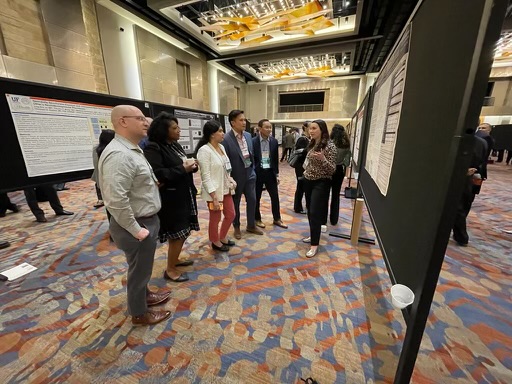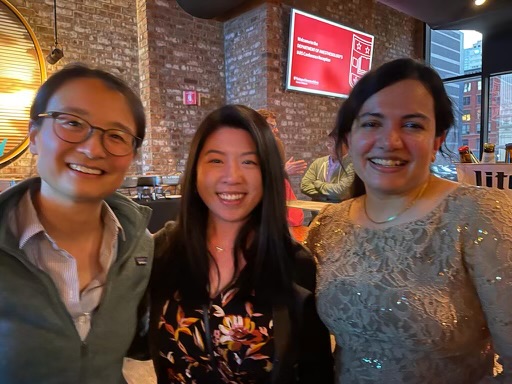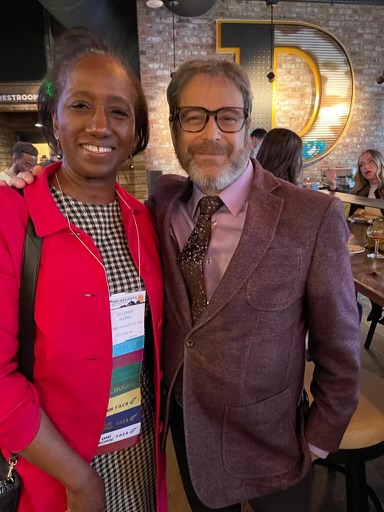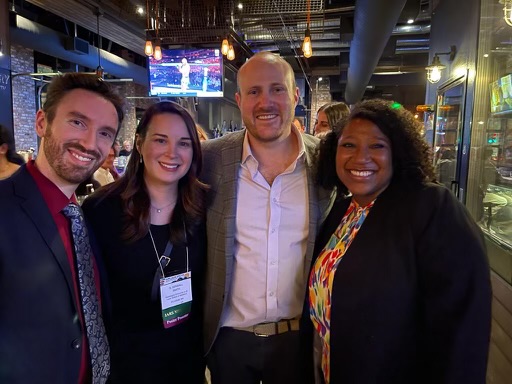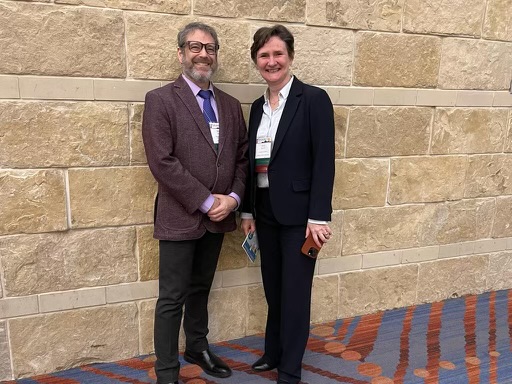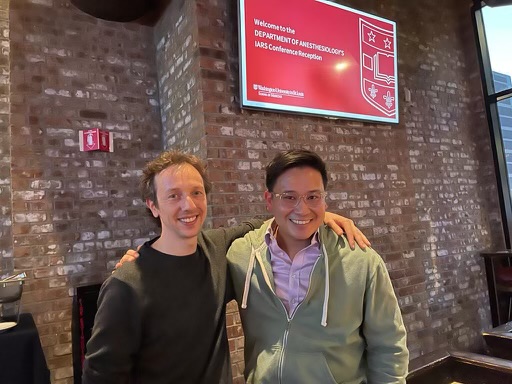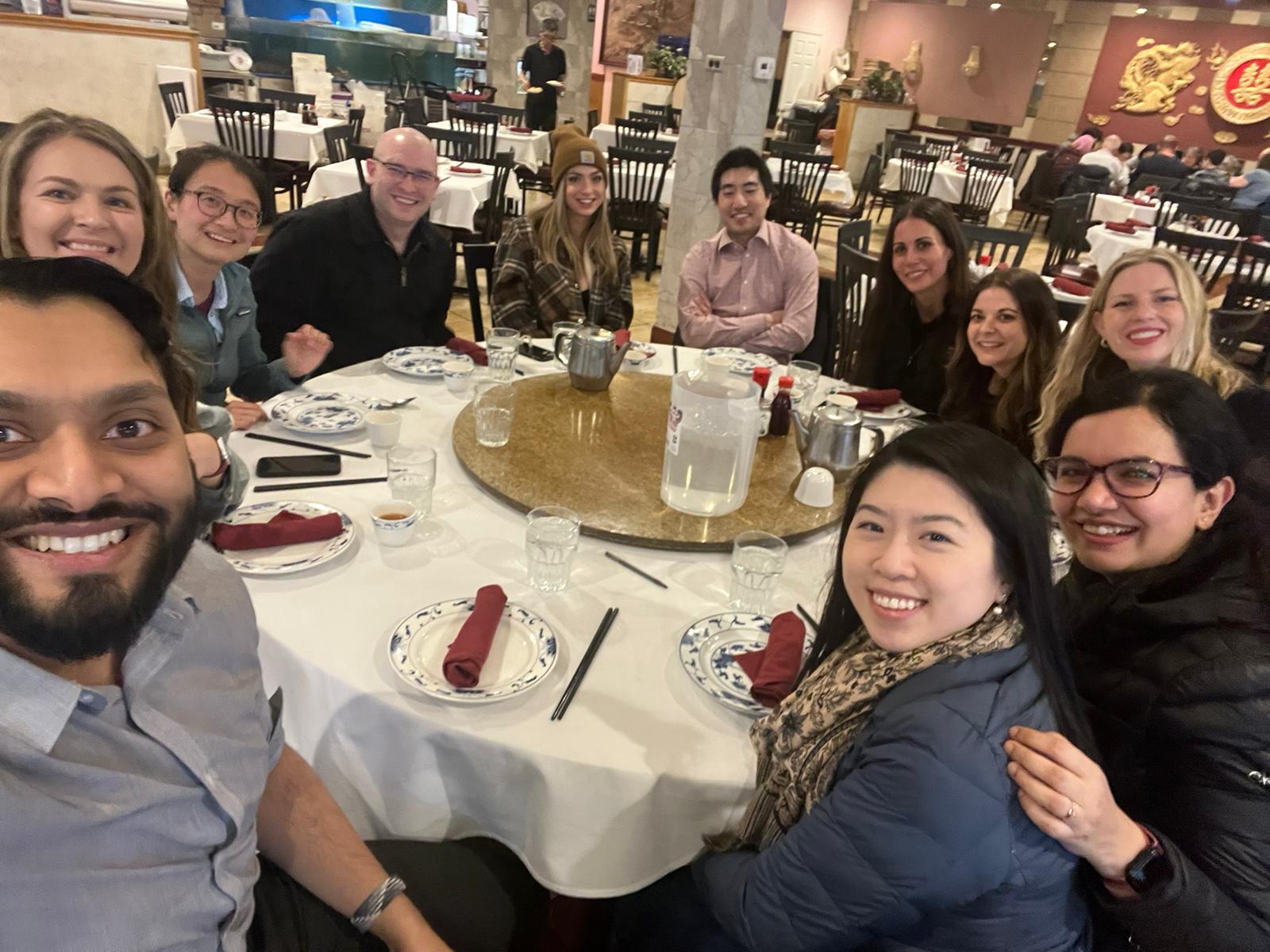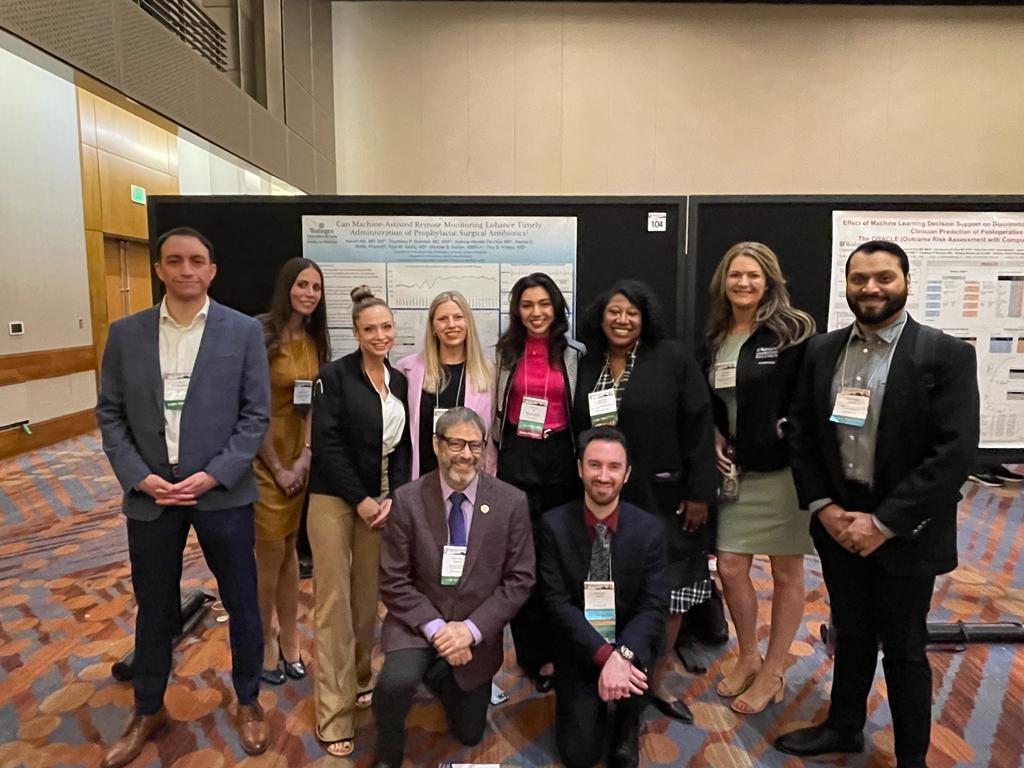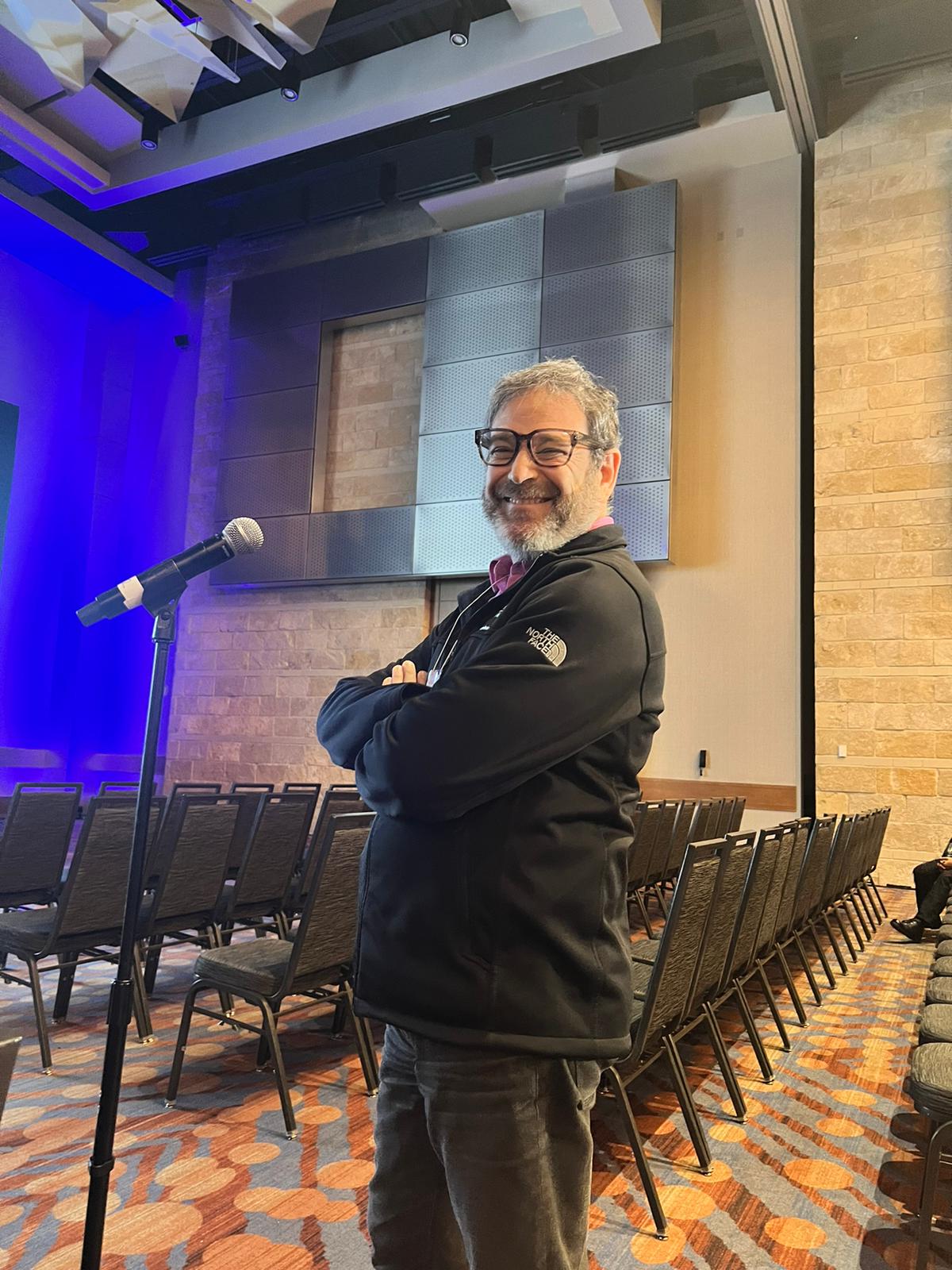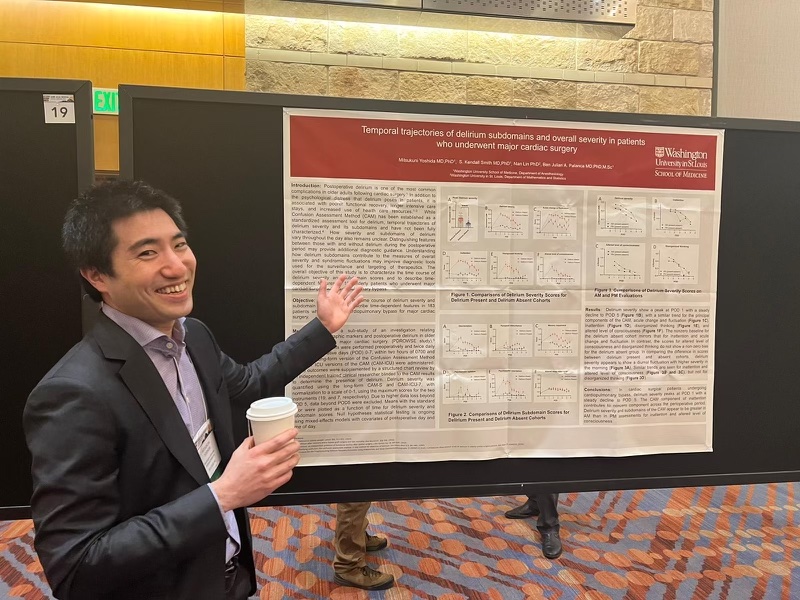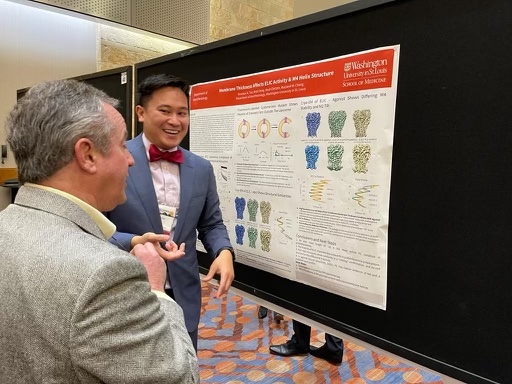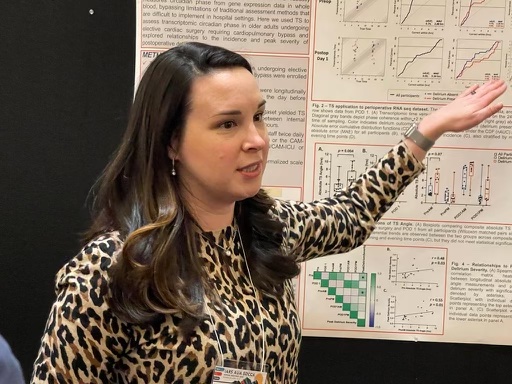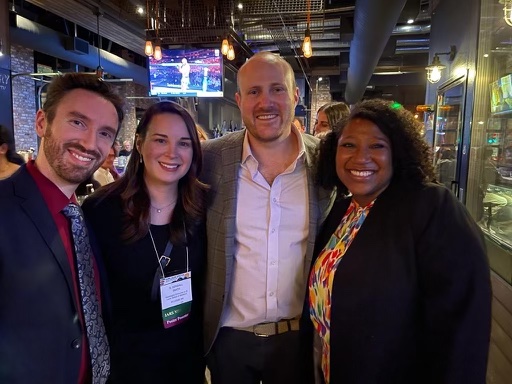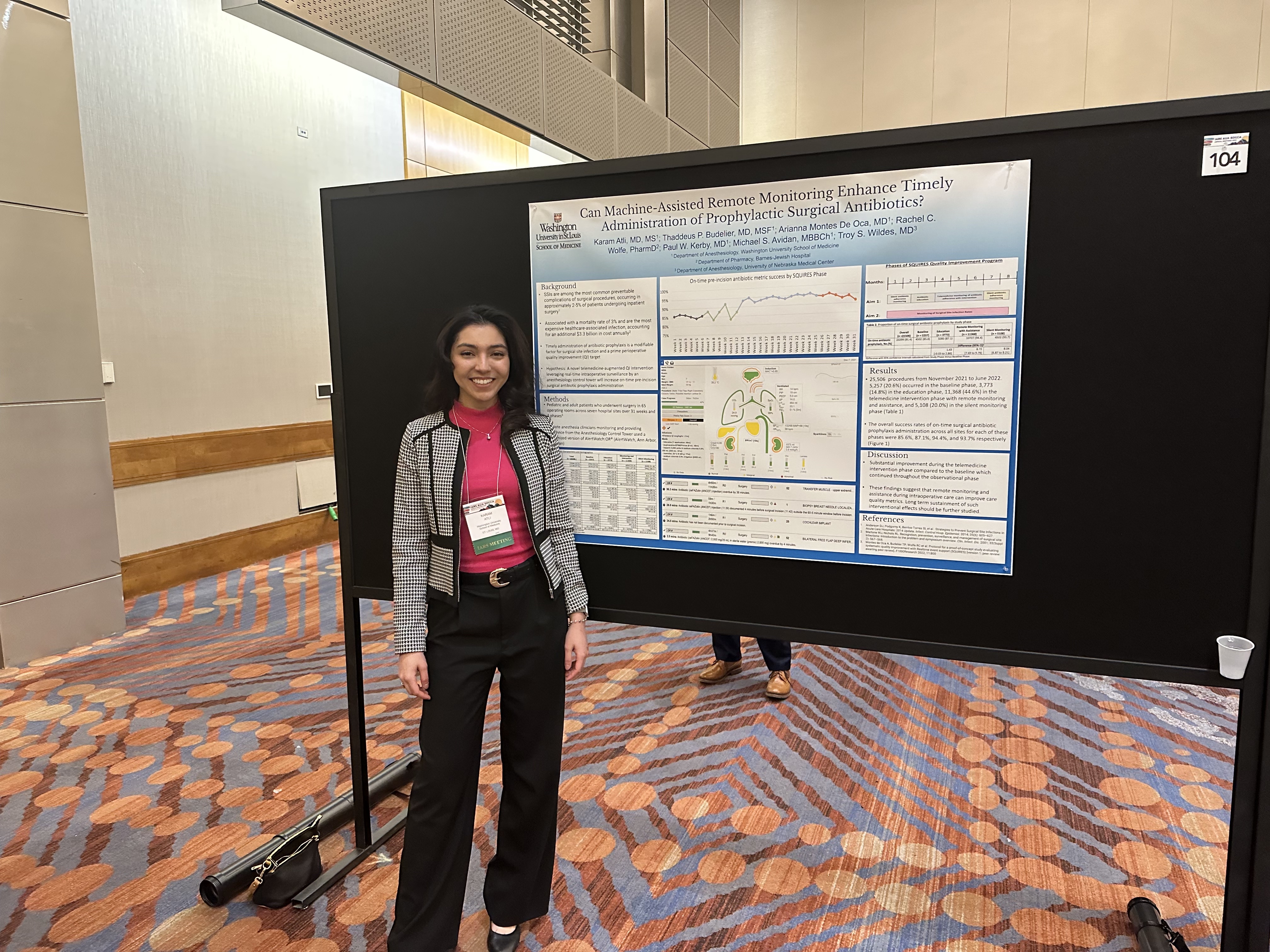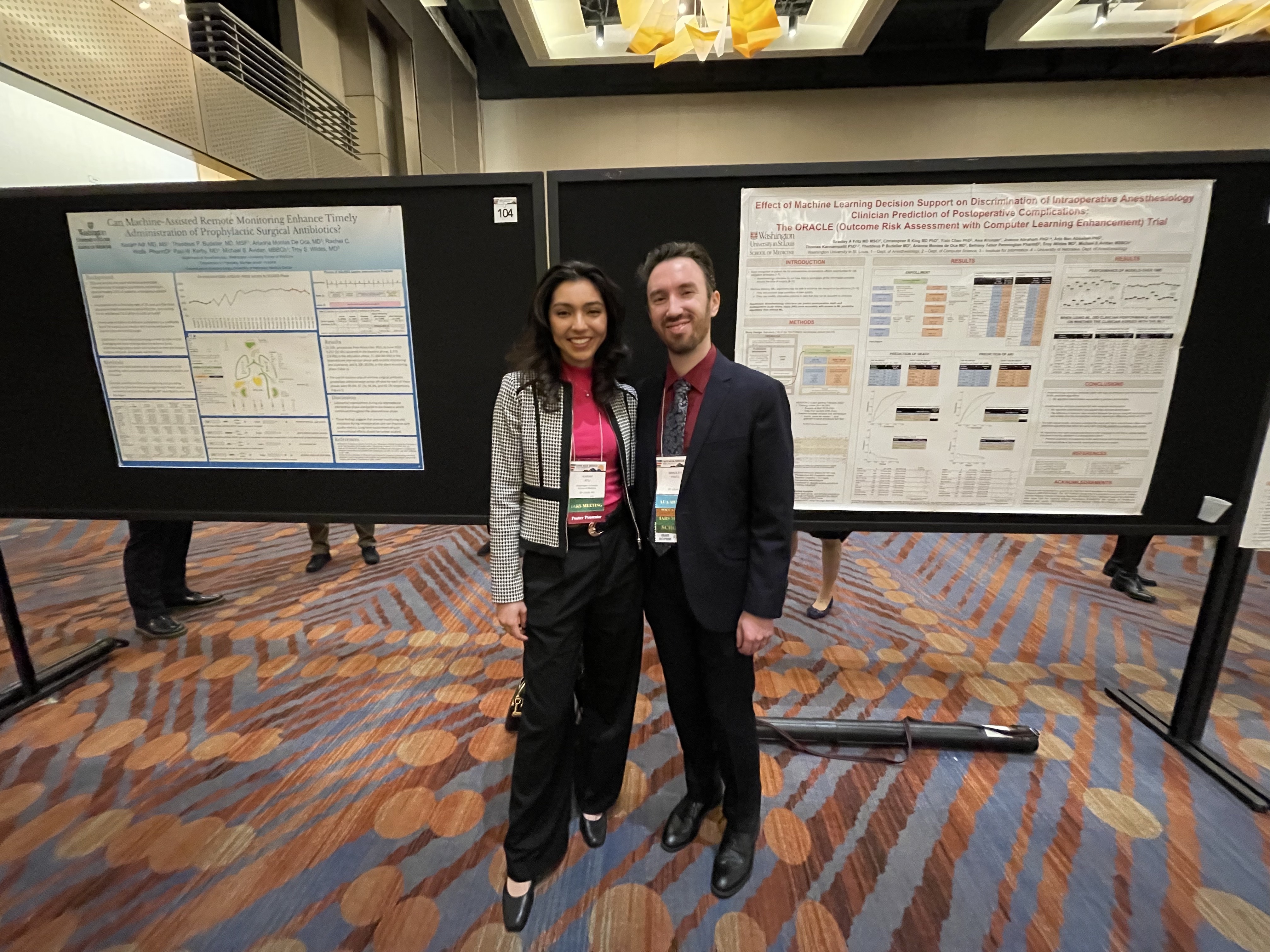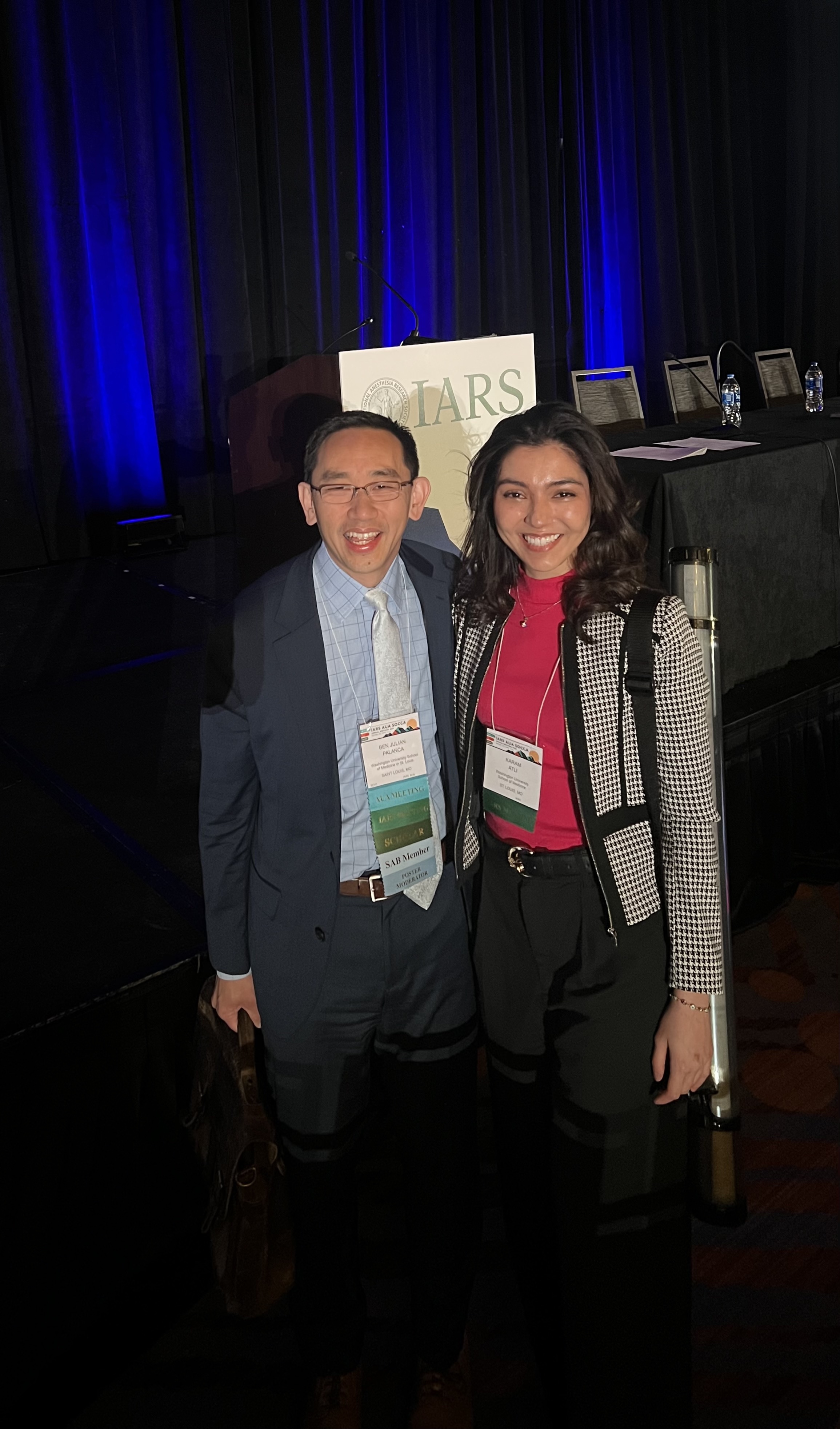Members of the Department of Anesthesiology at Washington University School of Medicine in St. Louis recently attended and participated in the International Anesthesia Research Society (IARS) Annual Meeting in Denver, CO, on April 14-16. Three residents, four physicians, and one principal investigator presented on various topics throughout the weekend. Notably, this marked the first year that the department sent a group of SRNAs to attend the conference, including Taylor Crittenden, Emily Davenport, Meghan Marshall, Lauren Schoolfield, Jennifer Stephan, and Meghan Woodham.
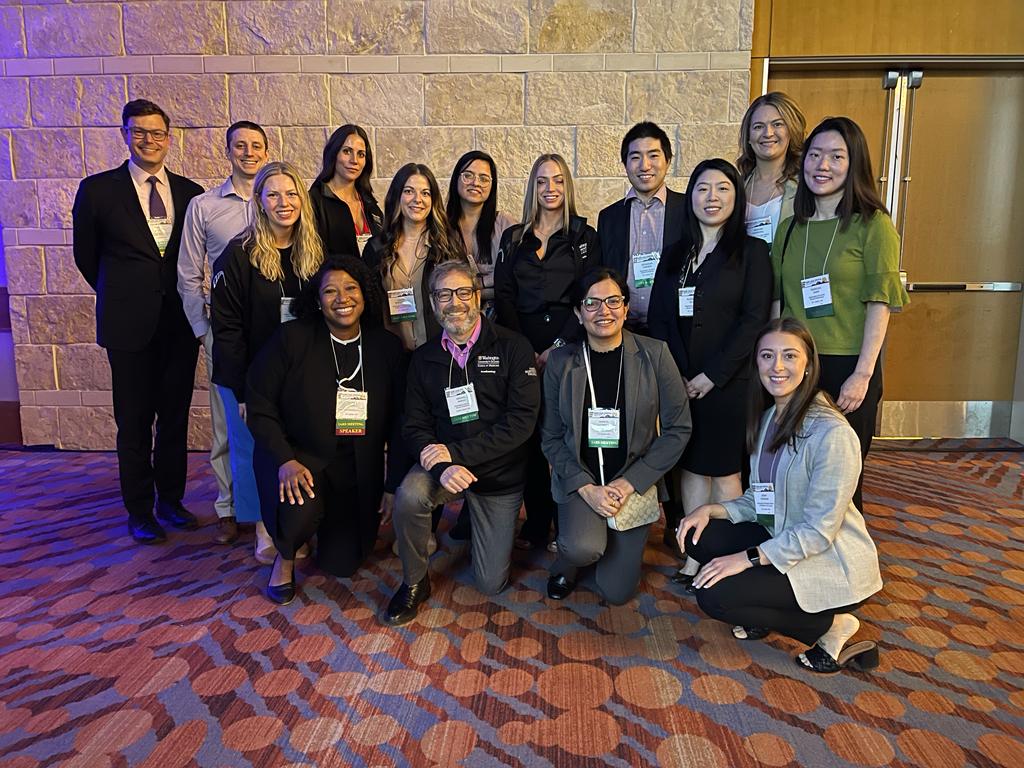
“Six senior SRNAs had the honor of attending the IARS conference this year for the first time and we had a blast! “It was extremely beneficial to hear some of the interesting and exciting research being done in the anesthesia community around the world,” says Jennifer Stephan, SRNA. “Aside from the educational content, we really enjoyed getting to know the CA1 residents. We formed personal friendships which we hope to continue after the conference. We were honored to have been given this opportunity and it was truly an unforgettable experience—we are all so thankful to the department for sponsoring us to go to the conference,” says Meghan Woodham, SRNA.
Vice-Chair for Professional Development and Diversity, Equity, and Inclusion, Scott Markowitz, MD, moderated the “RADAR: Raising Anesthesiology Diversity and Anti-Racism Panel.” In this engaging discussion, Residency Program Director, Allison Mitchell, MD, delivered an insightful presentation on the critical need to improve diversity in anesthesiology departments and practices. Specifically, Dr. Mitchell emphasized the importance of promoting representation and incorporating diversity and inclusion content in training programs.
During the “AUA: Update on Repurposing Anesthetics for Psychiatric Disorders” session, Ben Palanca, PhD, associate professor of anesthesiology, presented on “Antidepressant Effects of Propofol: Role of Slow Wave Sleep?” Dr. Palanca discussed the burden of psychiatric disorders on the healthcare system and the potential use of anesthetic agents for treating depression and other psychiatric disorders. He shared updates on preclinical and clinical studies investigating the use of ketamine, nitrous oxide, and propofol for treatment-resistant depression, as well as the converging mechanisms of hypnotic and antidepressant actions of these agents.
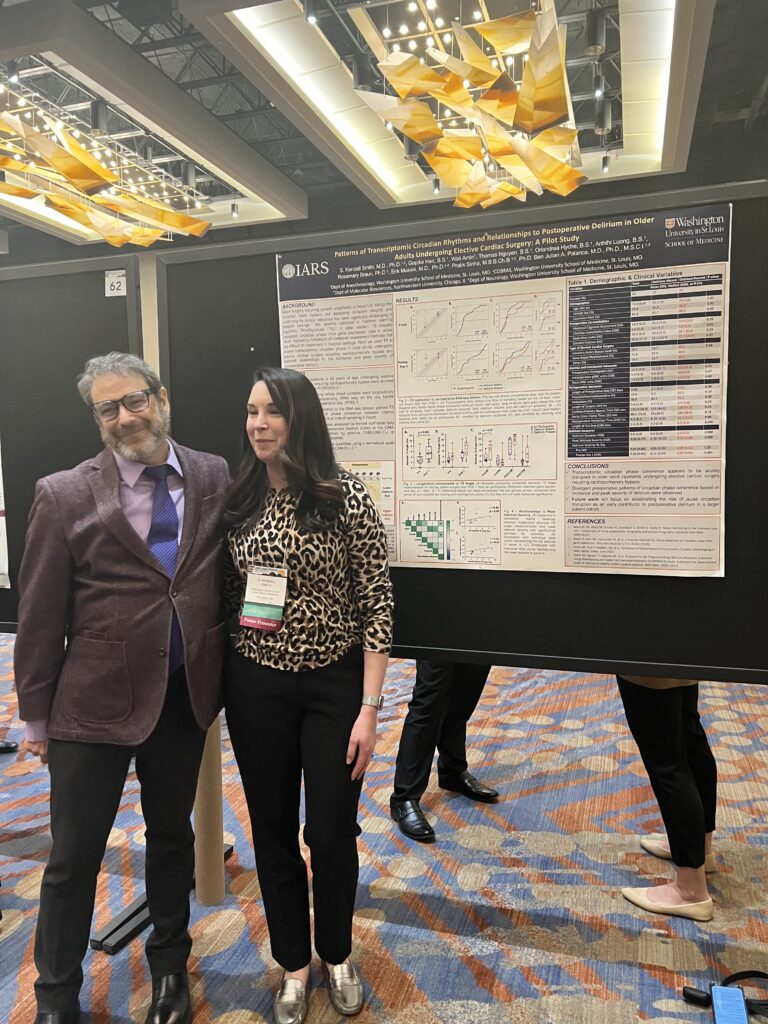
Assistant Professor, Kendall Smith, MD, PhD, presented “Professional Identity Formation and its Importance for the Career Development of Anesthesiologists” during the “Problem-Based Learning Discussion.” The session focused on specific strategies to promote professional identity formation while also reducing symptoms of burn-out and imposter syndrome. “A deliberate focus on professional identity formation in training and beyond can help anesthesiologists achieve their career goals and increase career satisfaction,” says Dr. Smith, who is also the associate program director of the Anesthesiology Critical Care Medicine Fellowship program and assistant program director for residency affairs.
PGY-2 resident, Karam Atli, MD, presented “Can Machine-Assisted Remote Monitoring Enhance Timely Administration of Prophylactic Surgical Antibiotics?” The presentation focused on her research using a machine-assisted telemedicine system and a quality improvement structure to determine if remote monitoring could enhance the timely administration of prophylactic surgical antibiotics.
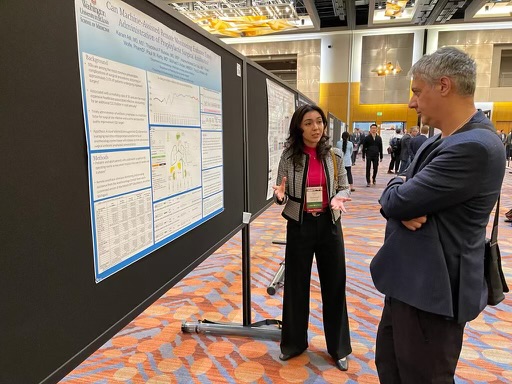
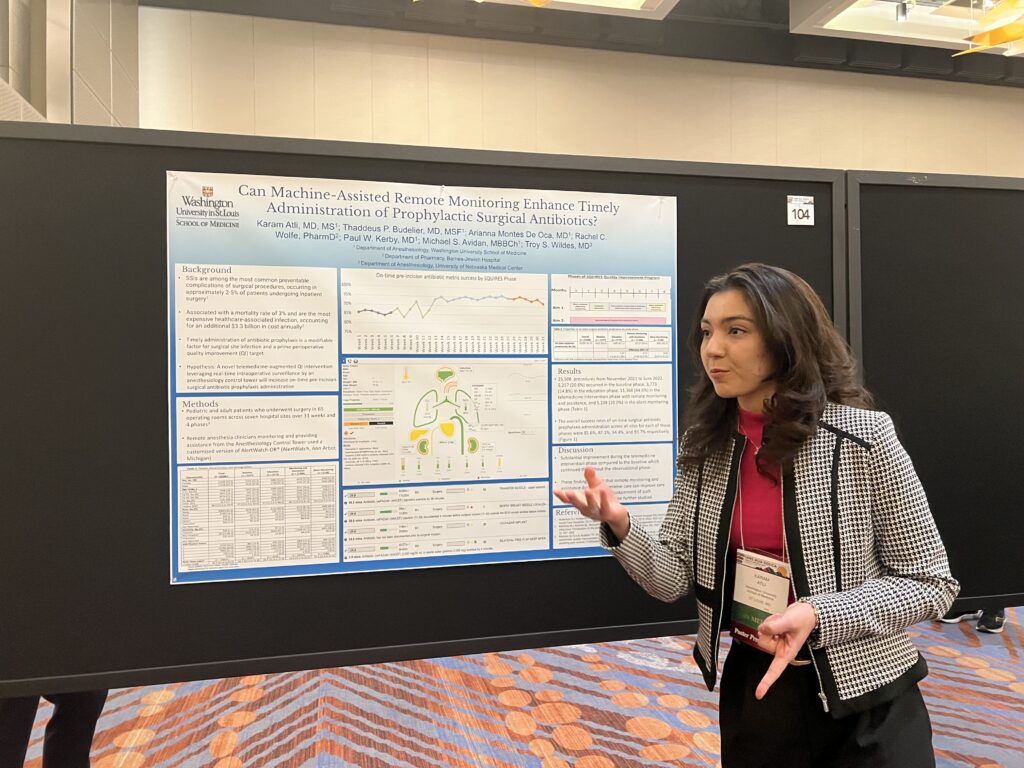
Mitsukuni Yoshida, MD, PhD, a PGY-2 resident, presented “Temporal trajectories of delirium severity and delirium subdomains in older adults who underwent major cardiac surgery.” His research studied the time course of delirium severity and subdomain scores in elderly patients who underwent major cardiac surgery with cardiopulmonary bypass and found that delirium severity peaked at postoperative day one and declined steadily to postoperative day five.
“I enjoyed meeting new mentors, fellow researchers, and WashU alumni,” says Dr. Yoshida. “The T.H. Seldon memorial lecture by Dr. Irene Tracey was excellent. It was truly inspiring to see how she bridges basic, clinical, and translational research to explore the new ways to visualize pain.”
Brandon Tan, MD, PhD, pediatric anesthesiology fellow and ASAP scholar, presented “Membrane Thickness Affects ELIC Activity & M4 Helix Structure.” His research provided evidence for structural and functional changes in ion channels with very small changes in membrane perturbations.
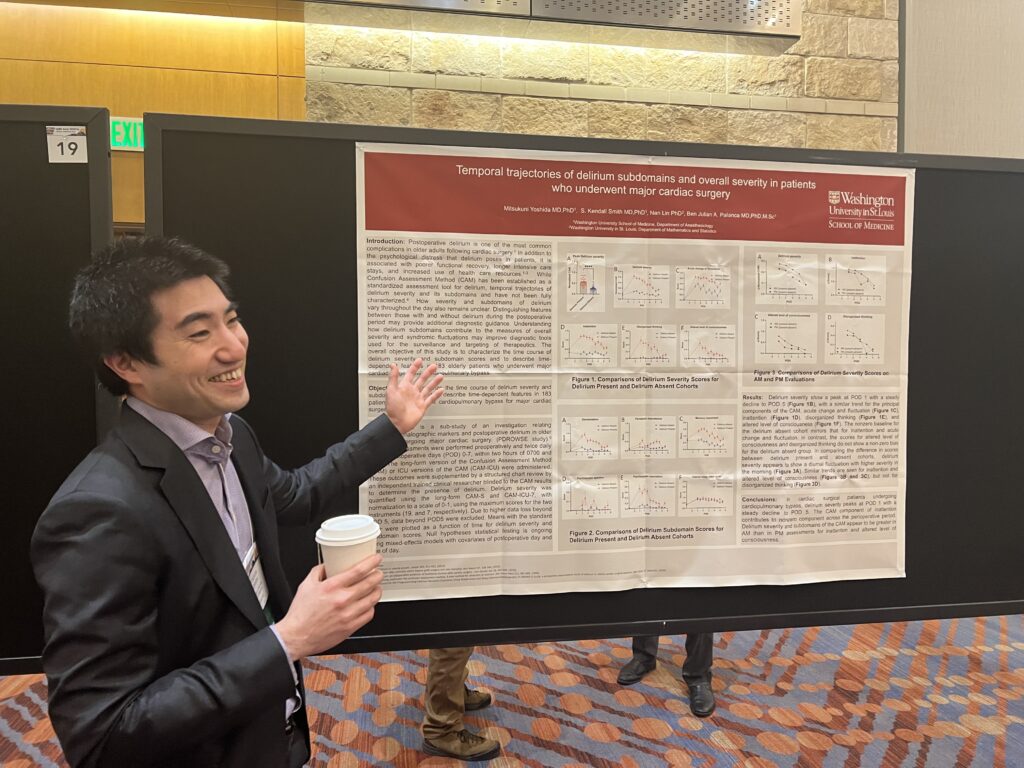
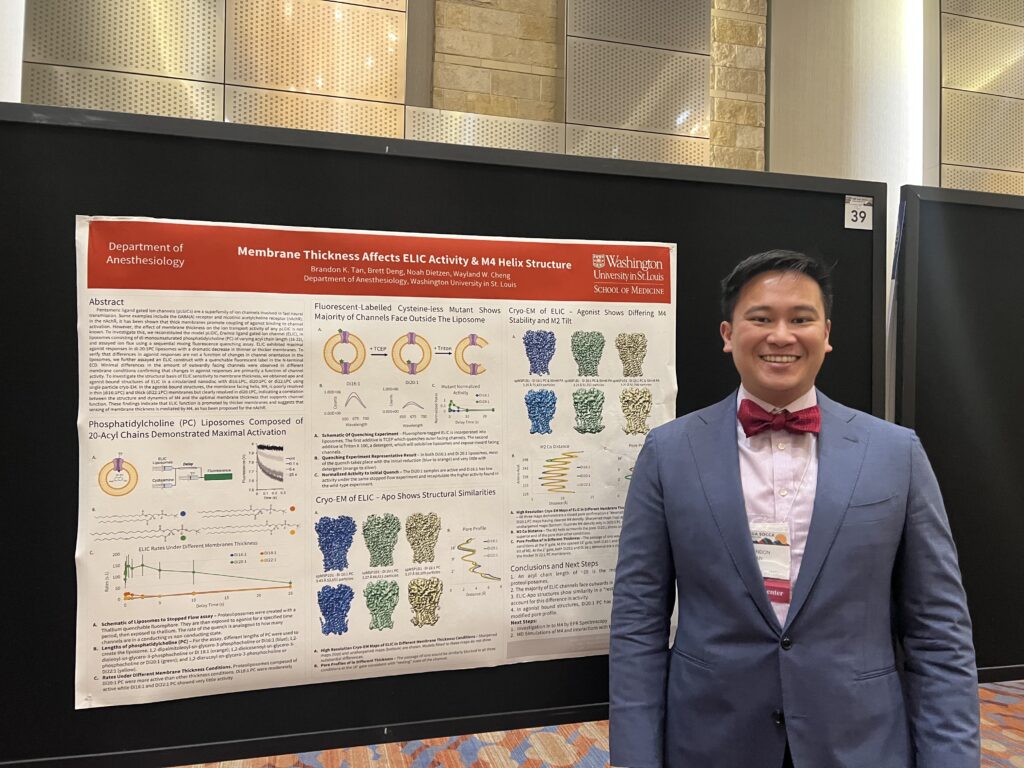
Sunny Lou, MD, PhD, instructor in anesthesiology, presented her abstract “Comparison of EHR-derived Anesthesiology Workload and Reimbursement: A Retrospective Observational Study.”
“This research suggests that anesthesiologists are relatively undercompensated for patient complexity and relatively overcompensated for procedural complexity in the current US reimbursement system. Given that tertiary care academic medical centers typically care for sicker patients, these centers are disproportionately impacted by this discrepancy,” says Dr. Lou.
The department’s after-conference reception provided a relaxed and informal setting for colleagues, friends, and alumni to come together and unwind after a busy weekend. The reception offered a great opportunity for attendees to network and connect with others in the field, as well as catch up with old friends and colleagues.
The International Anesthesia Research Society (IARS) is a nonpolitical, not-for-profit medical society founded in 1922 to advance and support scientific research and education related to anesthesia, and to improve patient care through research. Visit https://iars.org/ to learn more.

